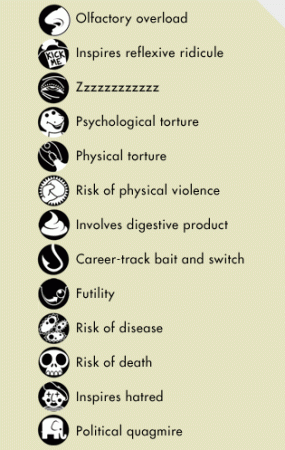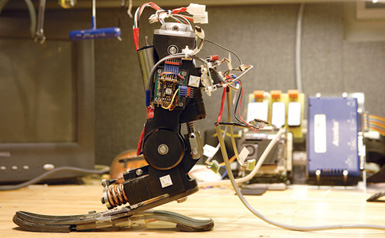In a few months, researchers at the University of Southern California will test the world’s first prosthetic brain part. Biomedical engineer Theodore Berger has created a 2 mm-wide silicon chip that he hopes will one day substitute for damaged or diseased brain regions, holding promise for victims of Alzheimer’s disease, stroke and other brain traumas.
Berger engineered the chip using mathematical models based on rat brain circuits. He’ll test it on slivers of brain tissue spliced from a rat’s hippocampus–gray matter responsible for retaining new, long-term memories. In the experiment, millions of neurons embedded in the tissue will transmit their electrical impulses to attached electrodes. If all goes according to plan, the electrodes should intercept the signals and reroute them to the chip, which fills in for the damaged neural circuits to process the data and shoot it back to other neurons. “It’s an elegant experiment,” says computer neuroscientist Richard Granger at the University of California at Irvine. “And a tantalizing glimpse of things to come.”
Medicine aside, Berger sees potential commercial and military applications for the brain chip, which is partially funded by the Defense Advanced Research
Projects Agency. Learning how
to build sophisticated electronics and integrate them into human brains could one day lead to
cyborg soldiers and robotic servants, he says.
Other scientists doubt such heady claims. The brain remains the most sophisticated circuit board ever created, and researchers may never figure out how to accurately connect chips and electrodes with its billions
of neurons. “It’s very doubtful that Berger’s model can do the same thing the hippocampus does,” says Steve Potter, who has undertaken similar research at Georgia Tech University.







![Homebuilt telescopes [foreground] atop Mauna Kea](https://www.popsci.com/wp-content/uploads/2019/03/18/3Y5JXT6QZK3M37INMRKLUVPJ4E.jpg?w=485)
